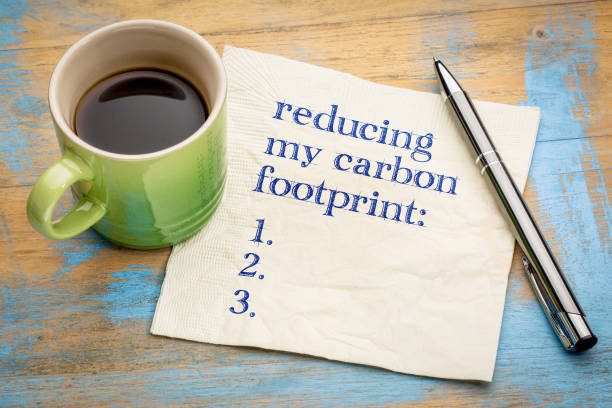Carbon footprint is a term used to describe the total amount of greenhouse gases emitted from human activities over a given time period. As greenhouse gases are emitted, they trap heat in the atmosphere, making the planet warmer and causing climate change. This causes some serious global issues that need to be addressed. To help us reduce our carbon footprint, companies are implementing new renewable energy sources into their facilities, technology is being created to cut down on pollution, and people are working together to make an effort towards reducing their personal
What is a carbon footprint?
A carbon print is the measure of the effect that a person or organization has on the environment. This includes all greenhouse gas emissions that a person produces, either by their own consumption or through industrial production. The life cycle can be measured from cradle to grave, but it starts with how much an individual emits and what they consume
Carbon footprint basics
When considering your carbon print, it is important to understand how you have an impact on the environment. Your everyday actions have a powerful impact on the global carbon budget and the planet’s ability to sustain life as we know it. The main ways in which a person can reduce their carbon print are by using less electricity, driving fuel-efficient cars, recycling waste, using less water, and offsetting your climate change contribution.
What are the biggest sources of your carbon footprint?
The main sources of your carbon footprint are transportation, home and municipal building energy use, and food. These sources make up almost two-thirds of your personal carbon footprint. Carbon emissions from the United States alone contributed to over nine percent of the world’s annual greenhouse gas emissions in 2010. If that number seems high, consider that the average American releases more than five metric tons of carbon dioxide into the atmosphere each year just from driving to work and back.
Strategies for reducing your carbon footprint
There are many incredibly simple and easy ways to reduce the amount of carbon dioxide you put into the atmosphere. At the most basic level, there is simply reducing and reusing. Reduce your use of things like air conditioning, cleaning supplies, paper products, and transportation. When it comes to transportation, you can limit your usage by using public transportation whenever possible. There are a number of ways to manage your carbon footprint. It is possible to reduce your carbon footprint and save money and resources. The best way for you to reduce your footprint is by moving closer to work or to save up for an electric car. If you are not able to do either of these, you can also take shorter trips or live without driving long distances for one week out of the year.

Conclusion
Caring for the Earth is important for us, but it does take effort. Learning what you can do to be environmentally responsible and educating yourself on how many small changes you can make, will help lower your carbon footprint. It’s also important to remember that not every business has the same environmental impact as other businesses.
